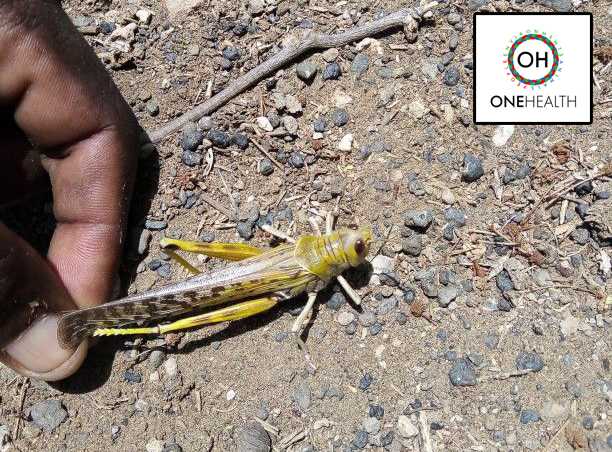
Locust Monitoring and Analysis in North Horr-Kenya
May 7th, 2020
For the first time in over 25 years, swarms of mature locust grew en masse threatening food production in Ethiopia, Kenya, Somalia, Sudan, Eritrea, Djibouti, Uganda, and South Sudan.
According to a publication made by WMO and FAO, this phenomenon would generate an emergency situation for up to 1.8 million, including forced displacement, loss of livestock and increased rates of malnutrition among other corollary impacts. The lack of food for humans and animals is likely to last until the next harvest in November-December 2020.
Climatic conditions play a big role in locust reproduction, spread and survival. This means, changes in climate could potentially limit or favour locust spread, reproduction and survival.
This analysis uses data about locust invasion reported from Community Health Workers and Community Disease Reporters from 1st April to 5th May 2020 in North Horr sub-county around North Horr, Gas and Balesa.
Geo-localised data are accessible to relevant stakeholders through the One Health web application.
An interactive table with key information such as date, attached facility, place name, description is accessible through the web and can be downloaded in Microsoft Excel for furhter analysis.
One Health interactive table: locusts reported from 1st April to 5th May 2020

Through the web application users can easily overlay collected data with additional relevant weather monitoring and forecasting data.
The first map shows the overlay of reported locusts with monthly rainfall anomaly for April, calculated using NASA-Global Precipitation Measurement (GPM) rainfall estimates. Most of the locusts are reported in areas with above average rainfall (blue areas).
Reported Locusts April-May 2020 overlaid to April 2020 Rainfall Absolute Anomaly

The second map shows the overlay of reported locusts with wind forecast taken from Global Forecast System (GFS). Moderate south-easterly winds are forecasted for the next days, likely pushing the locusts towards Turkana Lake areas.
Reported Locusts April-May 2020 overlaid to GFS wind forecast

The third map shows the overlay of reported locusts with rainfall forecast for the next seven days taken from GFS. Little rain is forecasted for North Horr Sub-County, so weather conditions may be not very favourable to locusts. However vegetation is quite green and favourable to locusts. We will keep monitoring and reporting on this issue!
Reported Locusts April-May 2020 overlaid to GFS rainfall forecast for the next 7days

This analysis is produced in the framework of the One Health project: Multidisciplinary approach to promote the health and resilience of pastoralist in North Kenya – AID11507. It is a 3-year initiative funded by the Italian Agency for Development Cooperation, aimed at improving the access and coordination of human and animal health services and of early warning and response systems to dangerous events that could put the pastoralist communities' health in North Horr Sub-County at risk. The project is led by CCM-Comitato Collaborazione Medica in partnership with VSF Germany - Veterinarians without Borders Germany, TriM - Translate into Meaning, and DIST - Interuniversity Department of Regional and Urban Studies and Planning.